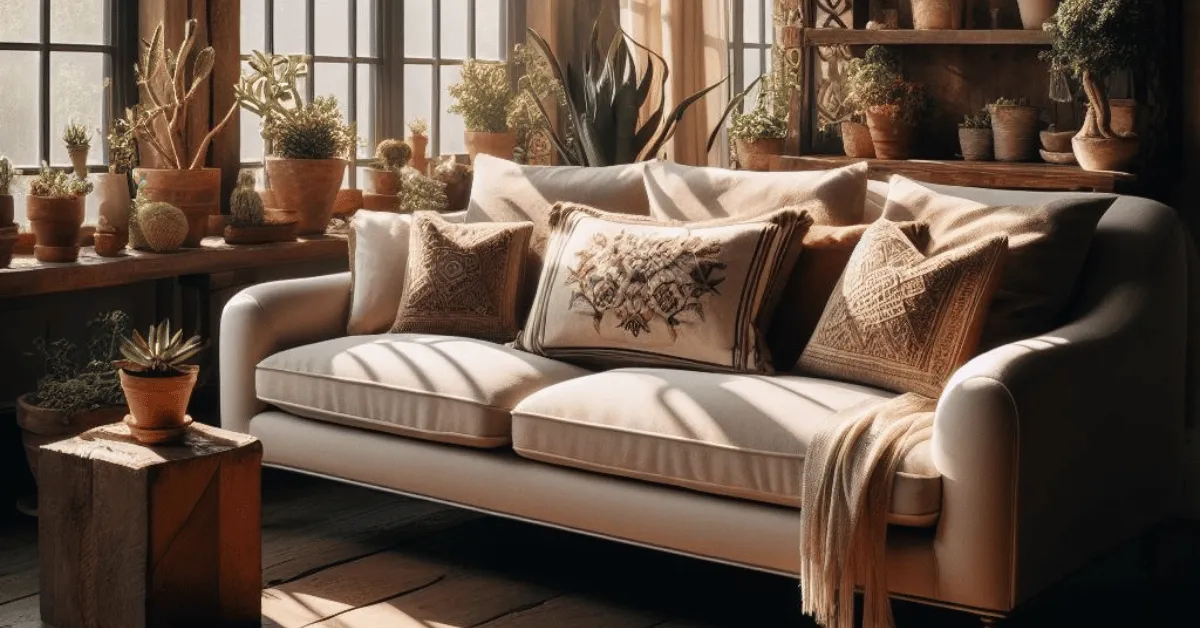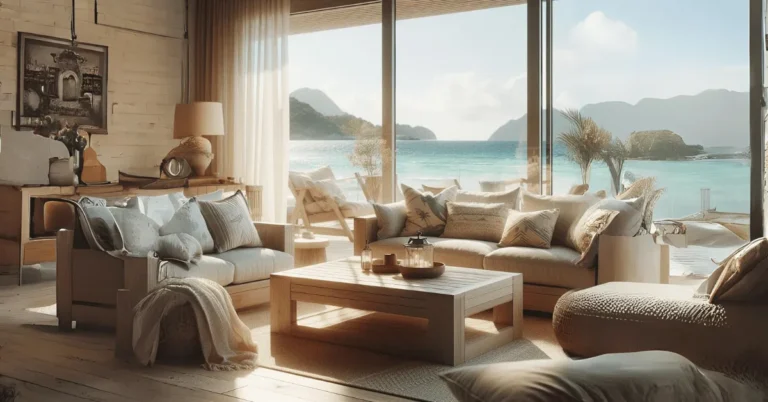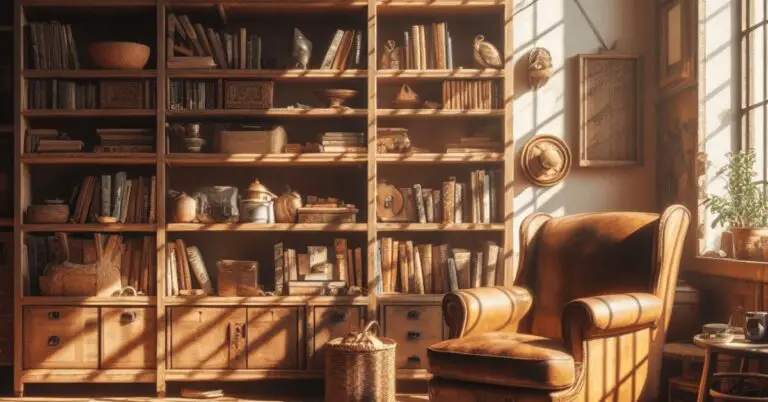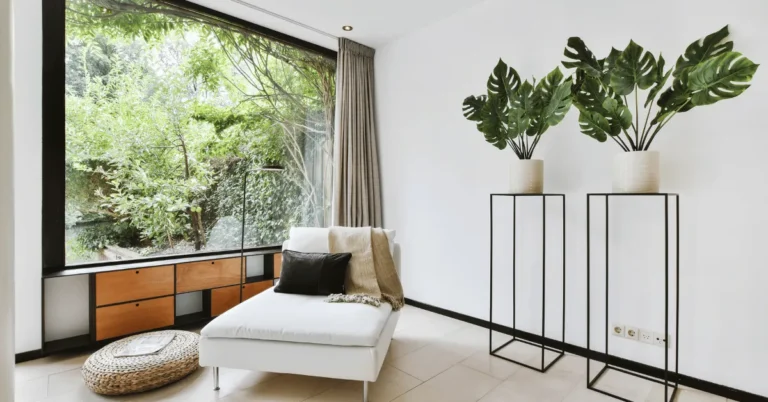What is Transitional Home Decor? (Incorporate Into Your Home)
What is Transitional Home Decor? If you’re looking to create a space that combines the best of traditional and contemporary styles, then transitional home decor is the perfect choice for you.
This design style is all about finding the balance between old and new, creating a harmonious and timeless look. Let’s learn more about it.
Table of contents
- What is Transitional Home Decor?
- How Does Transitional Home Decor Combine Traditional and Modern Elements?
- What are the Key Characteristics of Transitional Design Style?
- What is the History of Transitional Design Style?
- How to Incorporate Transitional Design Style into Your Home?
- What Colors and Textures are Common in Transitional Design?
- How Does Transitional Design Differ from Other Design Styles?
- What Types of Furniture and Decorations are Used in Transitional Design?
- How to Balance Traditional and Modern Elements in Transitional Design?
- What are Some Examples of Transitional Design in Real Homes?
- FAQs
- Final Thoughts
What is Transitional Home Decor?
Transitional home decor is a popular interior design style that combines the best of both traditional and contemporary elements.
It strikes the perfect balance between classic elegance and modern simplicity, resulting in a timeless and sophisticated look for your home.
Transitional home decor is characterized by its clean lines, neutral color palette, and a mix of different textures and materials.
It blends traditional furniture pieces with more streamlined and contemporary designs, creating a harmonious and cohesive space.
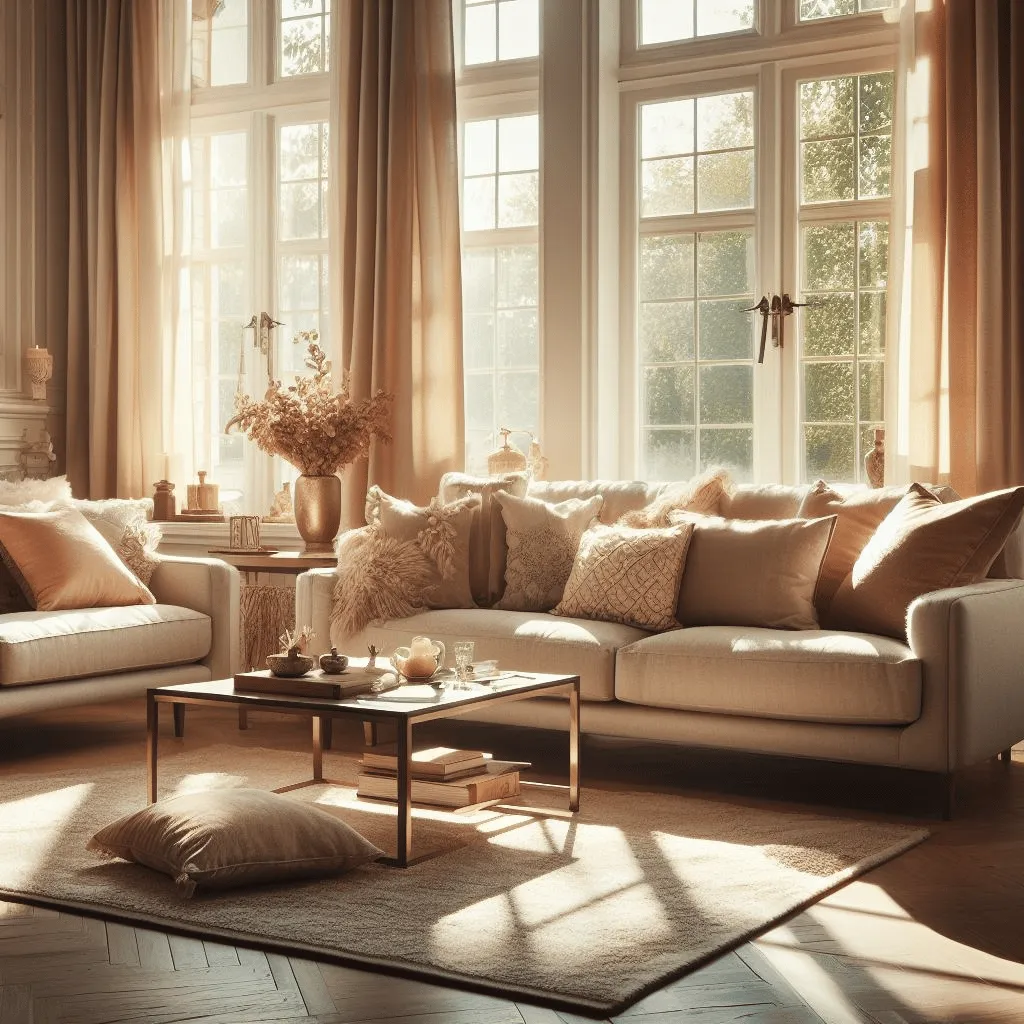
One of the key features of transitional home decor is the use of neutral colors such as beige, gray, and cream. These colors create a calm and soothing atmosphere, allowing the furniture and accessories to take center stage.
In terms of furniture, transitional style often includes comfortable and plush seating, such as overstuffed sofas and chairs. These pieces are typically upholstered in soft fabrics like linen or velvet, adding a touch of luxury to the space.
When it comes to accessories, transitional home decor favors a less-is-more approach. Instead of cluttering the space with numerous decorative items, it focuses on a few carefully selected pieces.
These could include statement artwork, a stylish floor lamp, or a well-placed vase of fresh flowers.
How Does Transitional Home Decor Combine Traditional and Modern Elements?
Transitional home decor is the perfect blend of traditional and modern elements, creating a unique and stylish look for your living space.
It seamlessly combines the warmth and elegance of traditional design with the clean lines and simplicity of modern aesthetics.
One of the key features of transitional home decor is the use of neutral colors. This allows for a calming and timeless atmosphere, while also providing a blank canvas for mixing traditional and modern furniture and accessories.
For example, you can pair a classic tufted sofa with sleek and contemporary accent chairs.
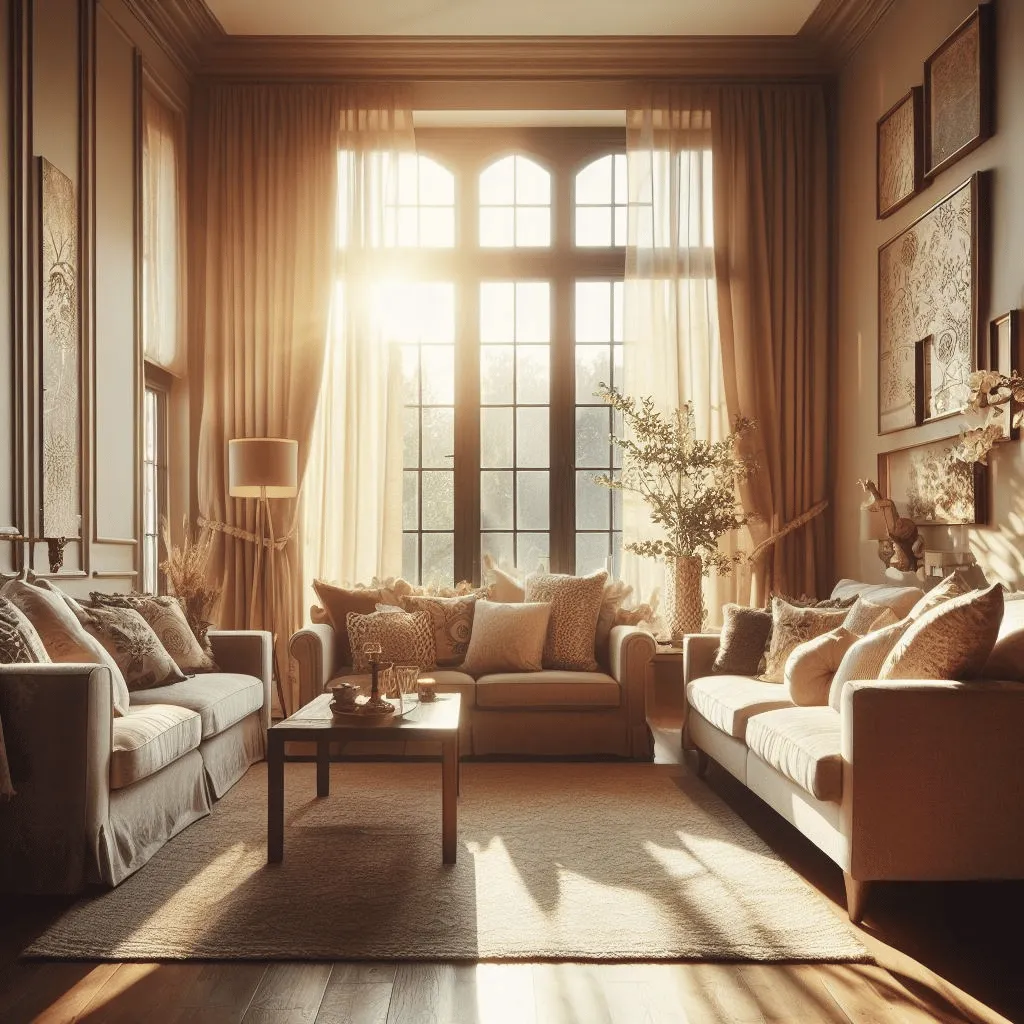
Transitional home decor also incorporates a mix of materials. You might see a combination of wood and metal, or glass and leather. This juxtaposition of different textures adds visual interest and depth to the space.
Another way transitional home decor combines traditional and modern elements is through the use of patterns. You can mix traditional floral patterns with bold geometric prints, creating a harmonious and balanced look.
Ultimately, transitional home decor is all about finding the perfect balance between traditional and modern styles. It allows you to create a space that is both comfortable and sophisticated, with a touch of personality and individuality.
What are the Key Characteristics of Transitional Design Style?
Transitional design style is a popular choice for many homeowners who want a blend of traditional and contemporary elements in their home.
This design style combines the warmth and familiarity of traditional design with the clean lines and simplicity of contemporary design. Here are some key characteristics of transitional design style:
- Neutral color palette: Transitional design often features a neutral color palette, with shades of beige, gray, and cream. This creates a calming and timeless atmosphere in the space.
- Mix of materials: Transitional design incorporates a mix of materials, such as wood, metal, and glass. This adds visual interest and texture to the space.
- Simple and clean lines: Transitional design avoids excessive ornamentation and focuses on clean lines and simplicity. This creates a sense of balance and harmony in the space.
- Comfortable and functional: Transitional design prioritizes comfort and functionality. Furniture is often plush and inviting, with a focus on practicality and usability.
- Blend of traditional and contemporary elements: Transitional design seamlessly blends traditional and contemporary elements. For example, a traditional sofa may be paired with a sleek and modern coffee table.
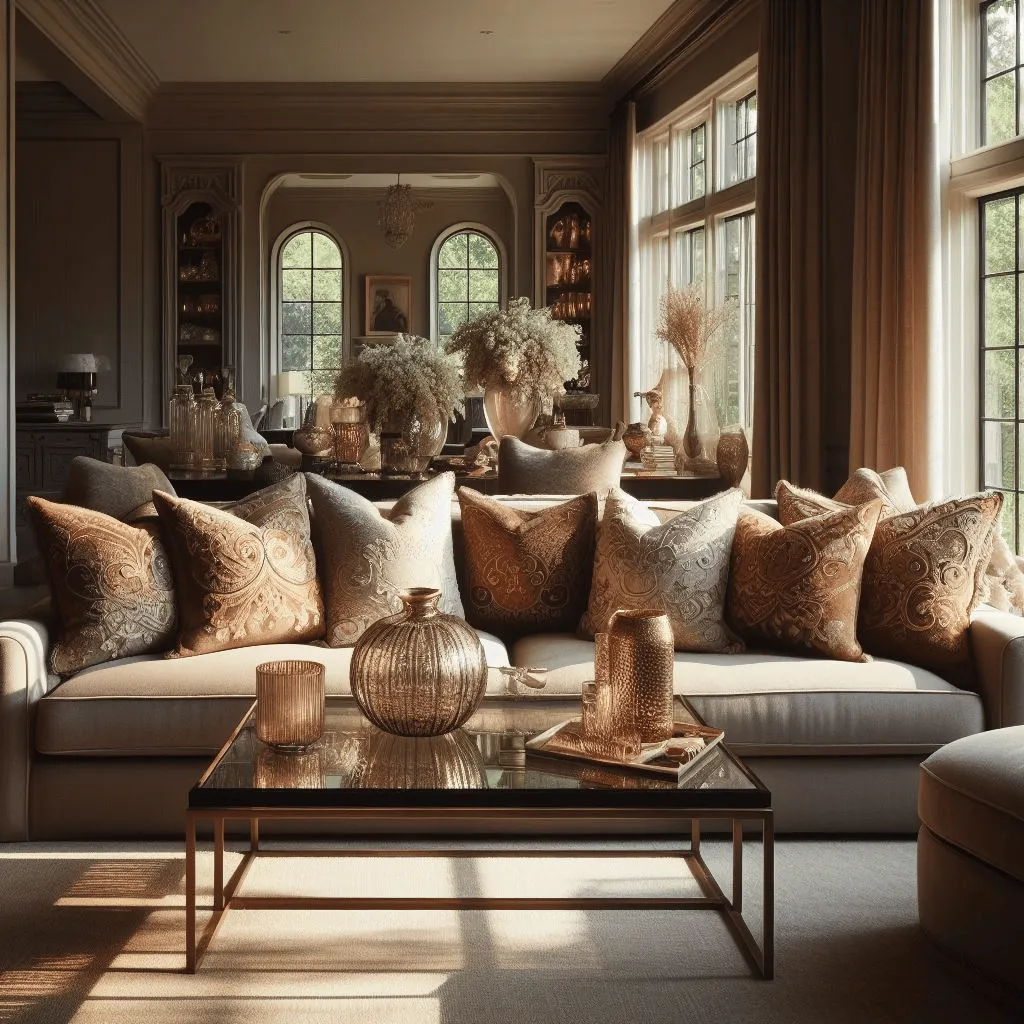
Overall, transitional design style offers a timeless and versatile look that appeals to a wide range of tastes. Whether you prefer a more traditional or contemporary aesthetic, transitional design can be customized to suit your personal style.
What is the History of Transitional Design Style?
Transitional design style is a popular choice for many homeowners who want a blend of traditional and contemporary elements in their homes.
But have you ever wondered about the history of this design style? Let’s take a journey back in time to explore the origins of transitional design.
The transitional design style emerged in the late 20th century as a response to the rigidness of traditional design and the starkness of contemporary design. It sought to bridge the gap between these two styles by combining the best elements of both.
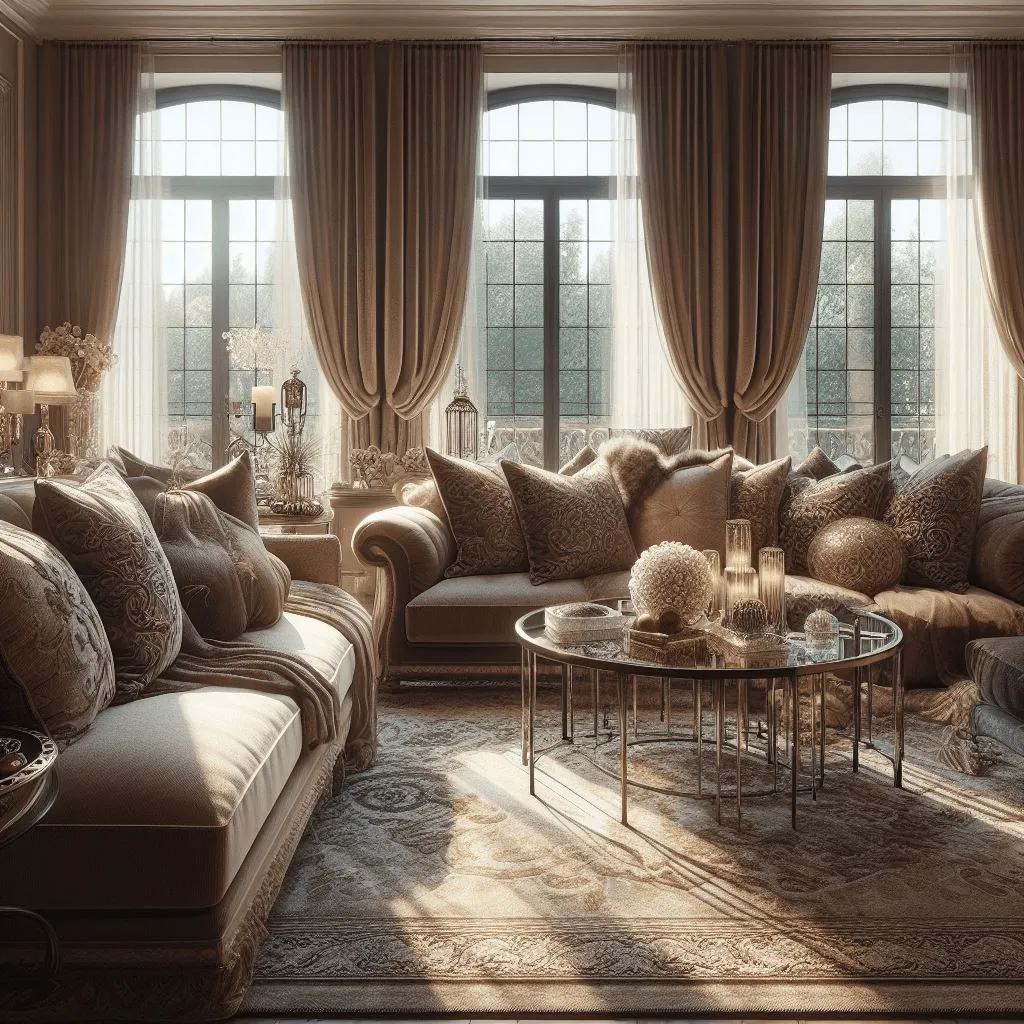
Transitional design draws inspiration from the past while embracing the present. It incorporates classic and timeless elements, such as neutral colors, clean lines, and simple forms, but also allows for a touch of modern flair.
One of the key figures in the development of transitional design is interior designer Vicente Wolf. His work in the 1980s and 1990s helped popularize this style and showcase its versatility.
Today, transitional design is widely embraced by homeowners and interior designers alike. It offers a harmonious balance between old and new, creating spaces that are comfortable, inviting, and timeless.
How to Incorporate Transitional Design Style into Your Home?
If you’re looking to create a harmonious blend of traditional and contemporary styles in your home, then transitional design might be just what you need.
This versatile design style combines the best of both worlds, allowing you to enjoy the warmth and familiarity of traditional design elements while embracing the clean lines and simplicity of modern aesthetics.
To incorporate transitional design into your home, start by selecting a neutral color palette as your base. Shades of beige, gray, and taupe work well as they create a calm and timeless backdrop for your space.
Next, mix and match furniture pieces that feature both classic and contemporary elements. For example, pair a traditional sofa with sleek, modern accent chairs.
When it comes to accessories, opt for a blend of old and new. Incorporate vintage pieces, such as a decorative mirror or antique vase, alongside modern artwork or minimalist sculptures. The fusion of these different styles infuses your space with both visual intrigue and depth.
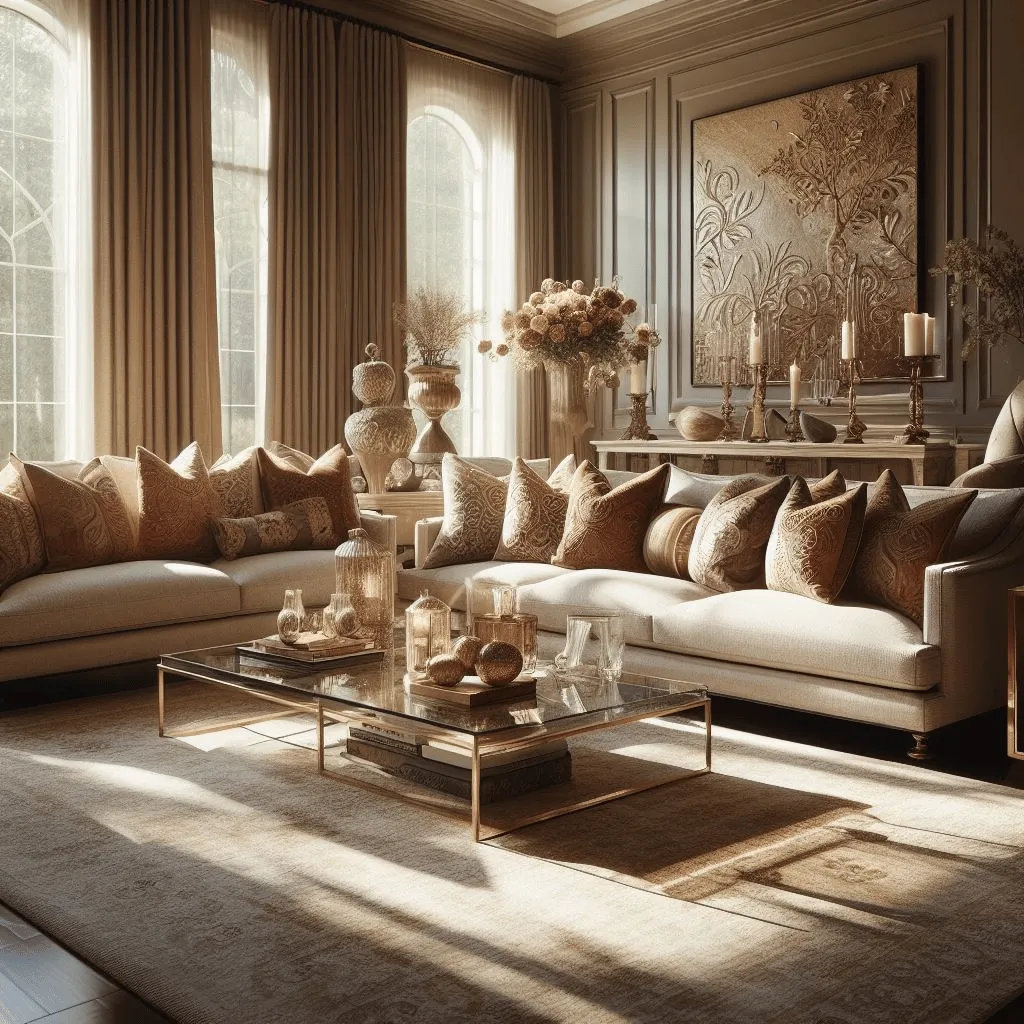
Another key aspect of transitional design is the use of texture. Introduce different textures through fabrics, rugs, and materials.
For instance, combine a plush velvet sofa with a sleek glass coffee table or a rustic wooden side table. This combination of textures creates a rich and inviting atmosphere.
Lastly, don’t forget about lighting. Choose fixtures that strike a balance between traditional and modern styles. Chandeliers with clean lines and metallic finishes can add a touch of elegance to your transitional space.
Incorporating transitional design into your home allows you to create a timeless and sophisticated look that will stand the test of time. By blending traditional and contemporary elements, you can achieve a space that feels both comfortable and stylish.
What Colors and Textures are Common in Transitional Design?
When it comes to colors and textures in transitional design, there are a few key characteristics that define this style.
Neutral colors play a significant role in transitional design. Shades of beige, taupe, and gray are commonly used as base colors, creating a calm and soothing atmosphere. These neutral tones provide a versatile backdrop that allows other elements to shine.
While neutral colors dominate the palette, pops of color are often introduced through accessories and accent pieces. Rich jewel tones like emerald green or sapphire blue can add depth and visual interest to a transitional space.
Textures are another essential aspect of transitional design. Mixing different textures adds dimension and warmth to the room.
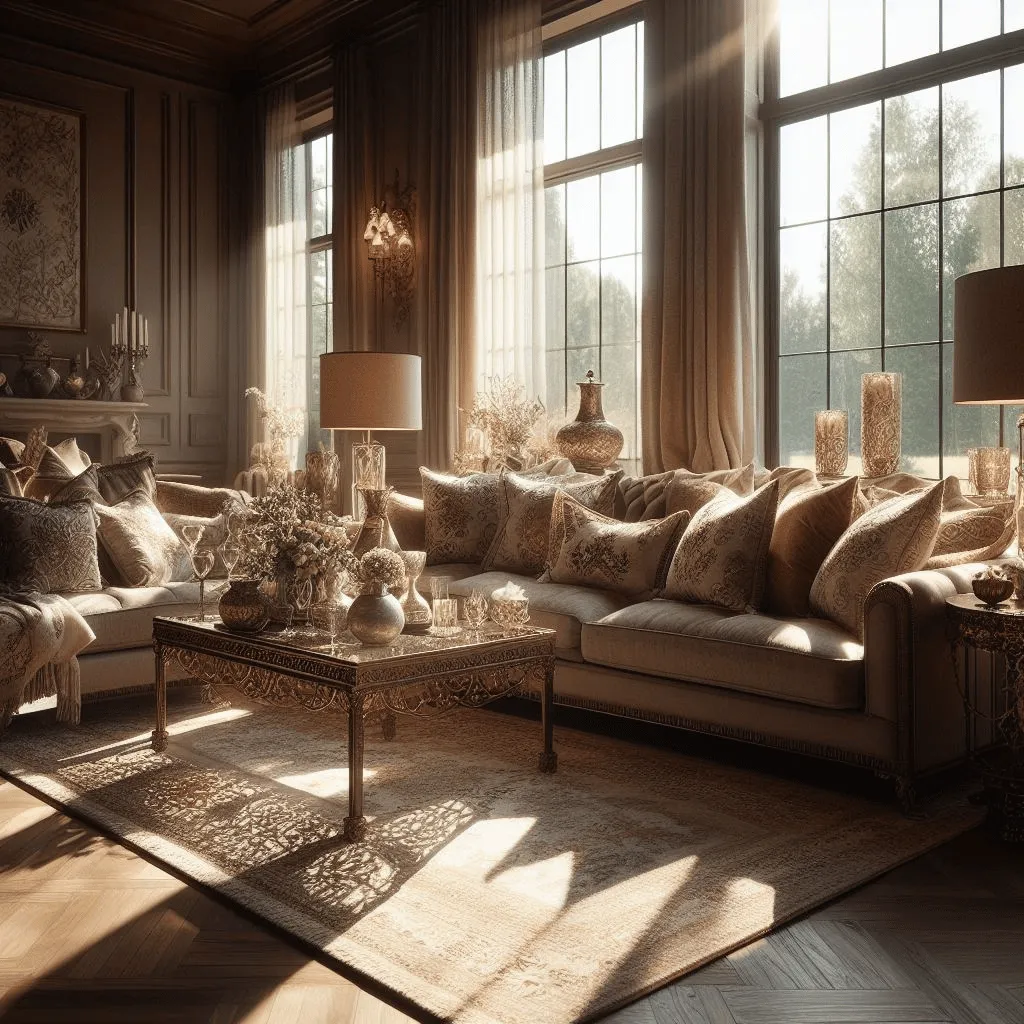
Smooth surfaces, such as polished wood or glass, are often paired with rougher textures like natural stone or woven fabrics. This divergence cultivates a visually enticing and tactile sensation.
Incorporating textures through fabrics is also a common practice in transitional design. Soft and plush materials like velvet or chenille can be used for upholstery, while natural fibers such as linen or jute can be used for curtains or rugs.
Ultimately, the goal of transitional design is to create a space that feels comfortable, inviting, and visually pleasing.
By using a combination of neutral colors and contrasting textures, this style achieves a perfect balance between classic and contemporary.
How Does Transitional Design Differ from Other Design Styles?
When it comes to interior design, there are various styles to choose from, each with its own unique characteristics.
One popular design style that often gets confused with others is transitional design. So, how does transitional design differ from other design styles? Let’s find out!
Transitional design seamlessly marries traditional and contemporary elements, creating a harmonious fusion. It takes the best of both worlds and creates a balanced and timeless look.
Unlike traditional design, which can be more formal and ornate, transitional design focuses on simplicity and clean lines. It combines the warmth and familiarity of traditional design with the sleekness and simplicity of contemporary design.
On the other hand, transitional design differs from contemporary design in that it is not solely focused on the latest trends.
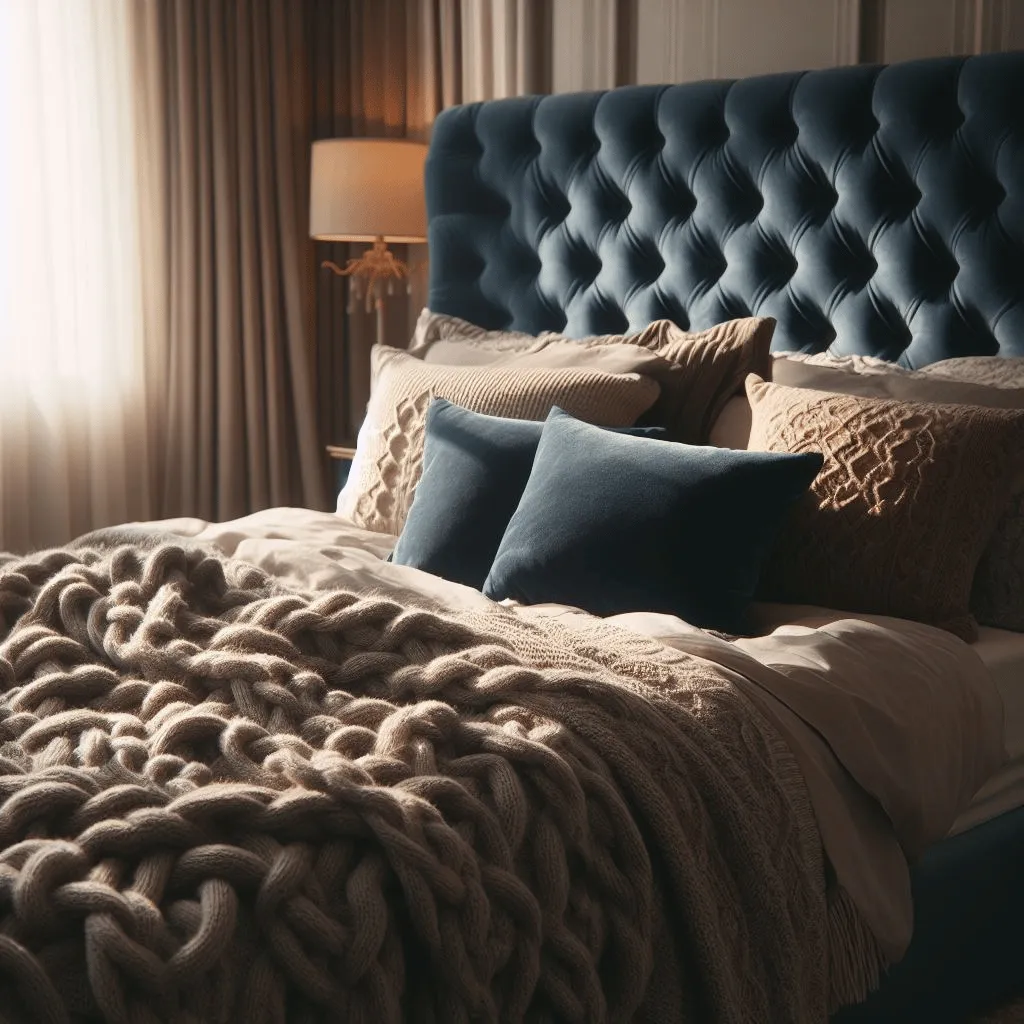
While contemporary design is all about what’s popular right now, transitional design is more about creating a timeless and enduring aesthetic. It incorporates classic elements that will stand the test of time, while still incorporating modern touches.
In comparison to other design styles like rustic or industrial, transitional design offers a more refined and polished look.
It is less rugged than rustic design and less raw than industrial design. Transitional spaces are inviting and comfortable, with a sense of sophistication and elegance.
What Types of Furniture and Decorations are Used in Transitional Design?
Transitional design is a popular style that combines the best of both traditional and contemporary elements. It creates a harmonious and balanced look by blending classic and modern furniture pieces and decorations.
If you’re considering adopting this design style for your home, here are some types of furniture and decorations commonly used in transitional design:
- Neutral-colored upholstery: Transitional design often features furniture with neutral-colored upholstery, such as beige, gray, or cream. This fosters a serene and tranquil ambiance.
- Mix of materials: Transitional design incorporates a mix of materials, such as wood, metal, and glass. This infusion brings both visual allure and textural richness to the space.
- Simple and clean lines: Furniture in transitional design typically has simple and clean lines. This creates a timeless and elegant look.
- Subtle patterns: To add visual interest, transitional design often incorporates subtle patterns in the form of throw pillows, area rugs, or curtains.
- Statement lighting: Transitional design often features statement lighting fixtures, such as chandeliers or pendant lights. These add a touch of elegance and become a focal point in the room.
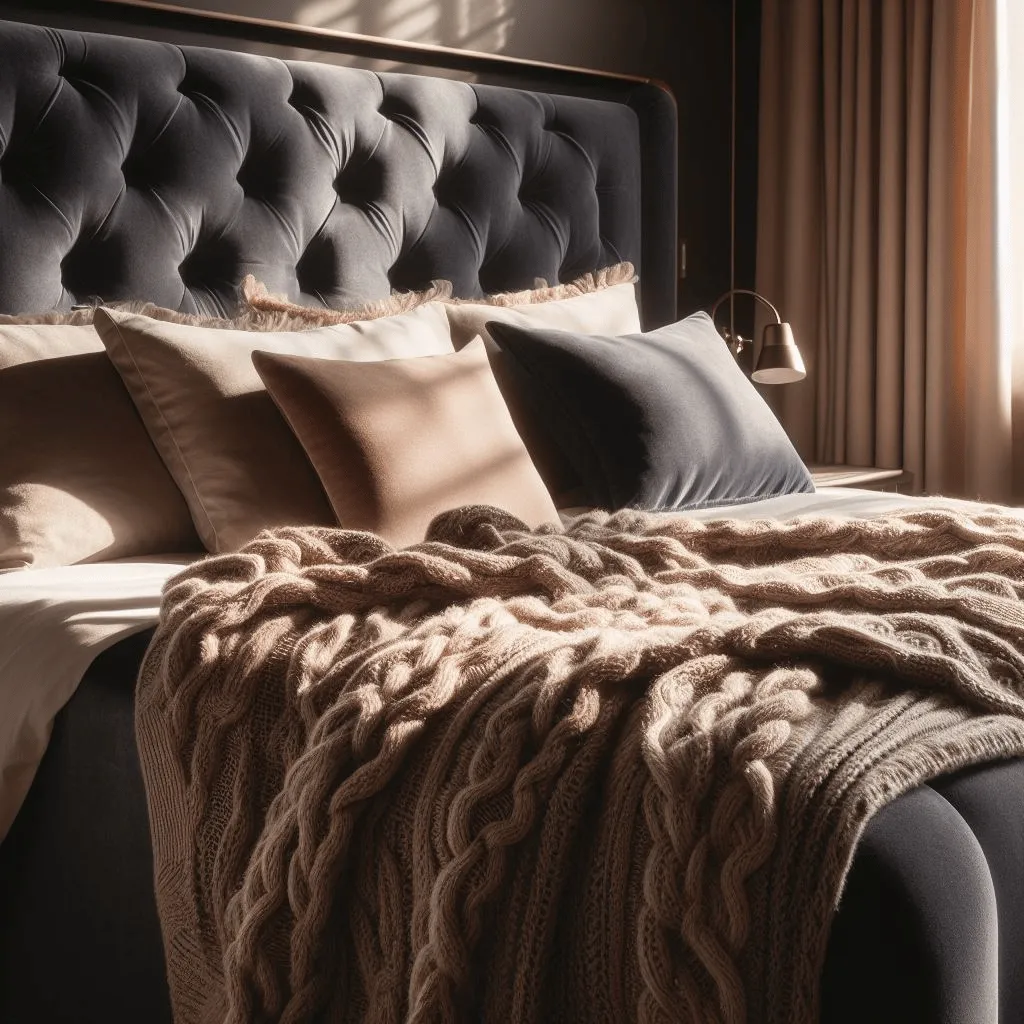
Decorations
When it comes to decorations, transitional design embraces a less-is-more approach. It focuses on quality over quantity and avoids excessive clutter. Some common decorations used in transitional design include:
- Artwork: Transitional design often incorporates artwork with a mix of traditional and contemporary styles. This injects character and visual allure into the space.
- Mirrors: Mirrors are commonly used in transitional design to create a sense of space and reflect light.
- Subtle pops of color: While transitional design is known for its neutral color palette, it also incorporates subtle pops of color through accessories like throw pillows, vases, or artwork.
By incorporating these types of furniture and decorations, you can create a beautiful and balanced transitional design in your home. Remember to choose pieces that reflect your personal style and create a space that feels inviting and comfortable.
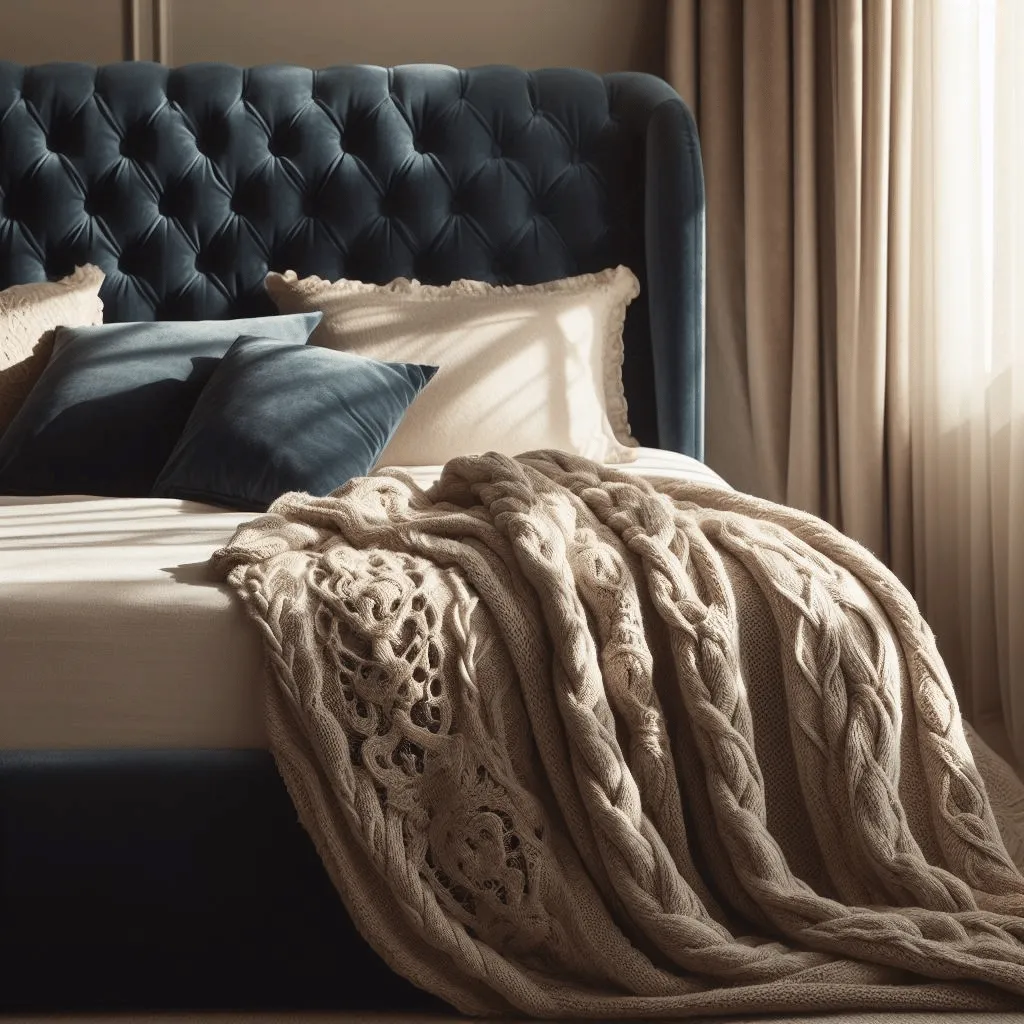
How to Balance Traditional and Modern Elements in Transitional Design?
Transitional design is a popular interior design style that combines the best of both traditional and modern elements.
It strikes a perfect balance between the warmth and elegance of traditional design and the clean lines and simplicity of modern design.
If you’re looking to create a transitional design in your home, here are some tips on how to achieve the perfect balance of traditional and modern elements:
Start with a neutral color palette: Use a neutral color palette as the foundation of your design. This will create a timeless and cohesive look that can easily incorporate both traditional and modern elements.
Blend old and new: Mix traditional and modern furniture and accessories to create a harmonious blend. For example, pair a sleek modern sofa with a traditional coffee table or hang a modern artwork on a wall adorned with classic moldings.
Focus on textures: Incorporate a variety of textures to add depth and interest to your design. Combine smooth and shiny surfaces with rough and natural materials to create a balanced and inviting space.
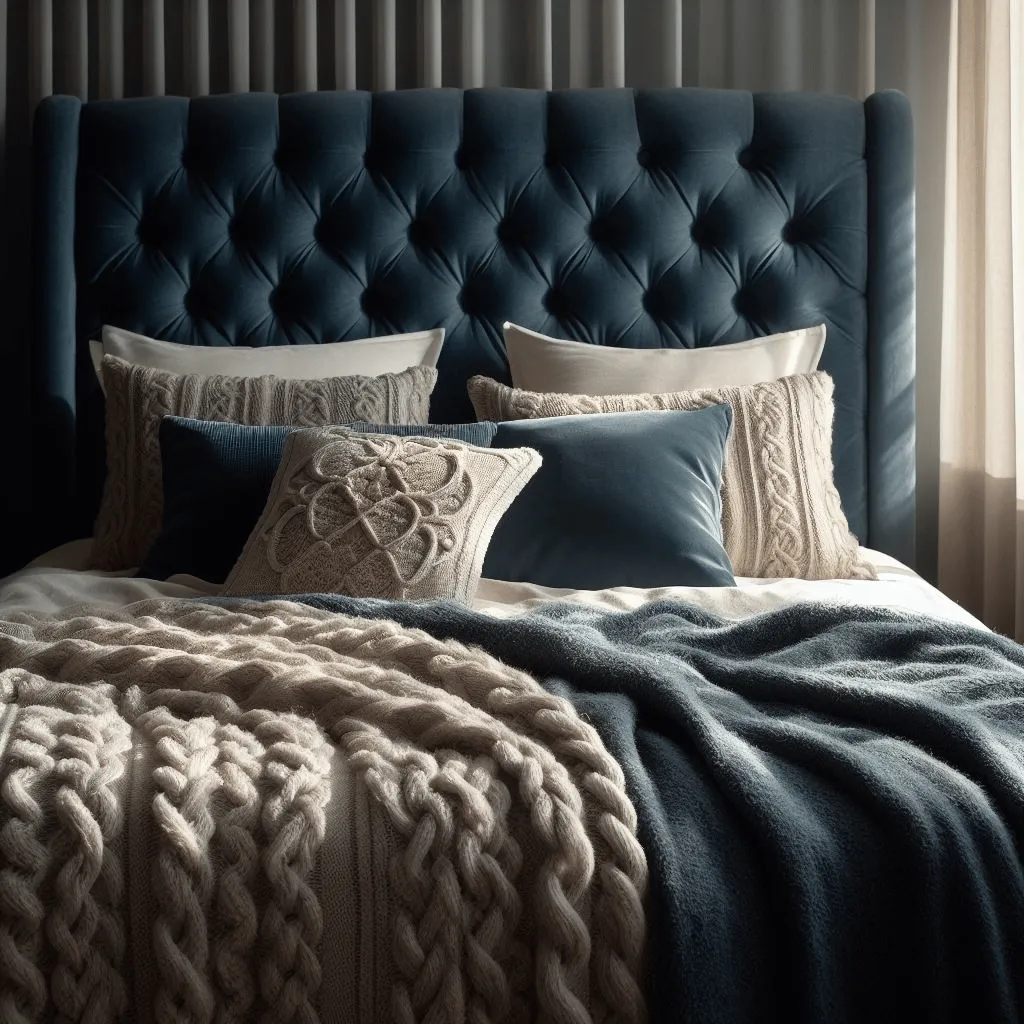
Keep it simple: Avoid clutter and excessive ornamentation. Choose furniture and accessories with clean lines and simple shapes to maintain a modern aesthetic while still embracing traditional elements.
Pay attention to details: Incorporate small details that highlight the traditional and modern elements in your design. For example, use traditional hardware on modern cabinets or add modern lighting fixtures to a room with traditional architectural features.
By following these tips, you can achieve a perfect balance of traditional and modern elements in your transitional design.
Remember, the key is to create a cohesive and harmonious space that reflects your personal style and preferences. So, don’t be afraid to experiment and have fun with your design!
What are Some Examples of Transitional Design in Real Homes?
If you’re looking for some inspiration for your own home, here are a few examples of transitional design in real homes:
1. The living room: In a transitional living room, you’ll find a mix of classic furniture pieces with clean lines and neutral colors. For example, a traditional sofa with modern throw pillows or a vintage coffee table paired with sleek, modern lamps.
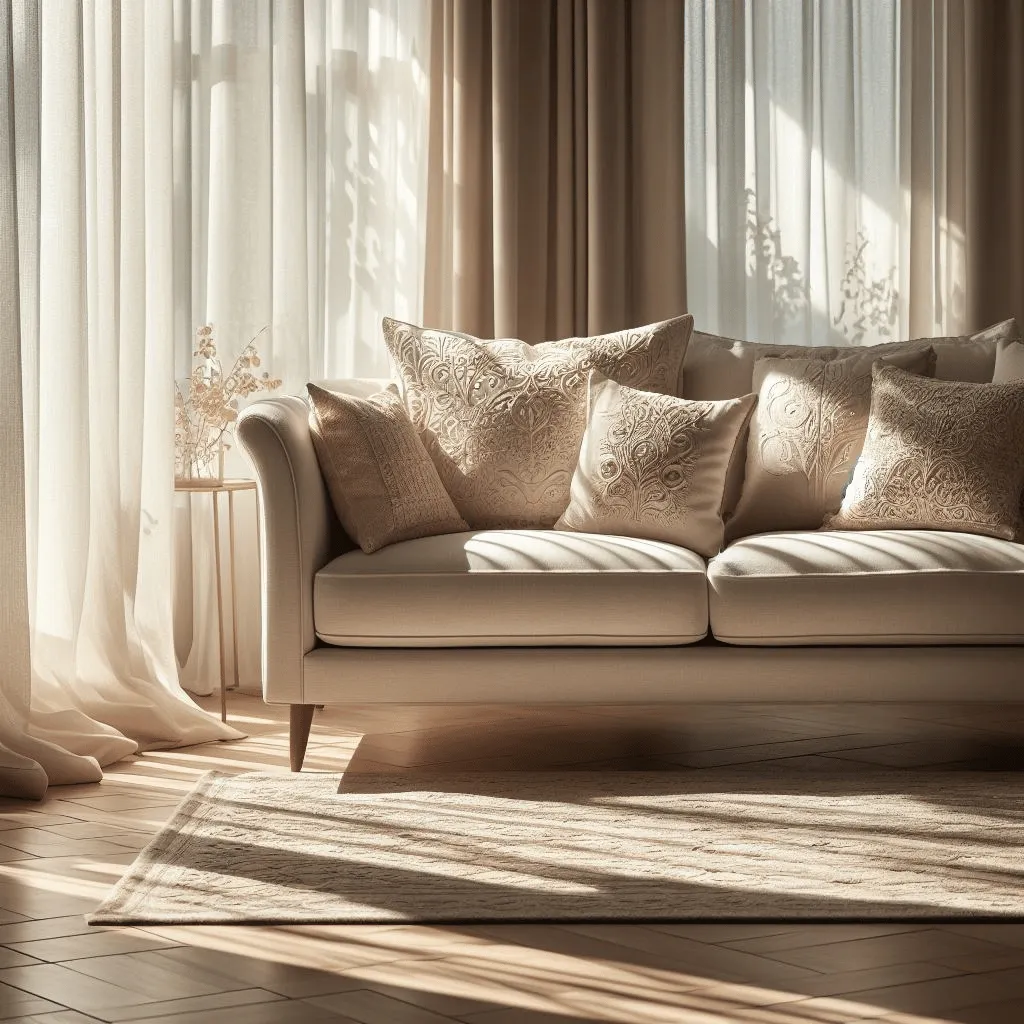
2. The kitchen: Transitional kitchens often feature a blend of traditional and modern elements. You might see classic shaker-style cabinets paired with contemporary stainless steel appliances or a farmhouse sink with a sleek, quartz countertop.
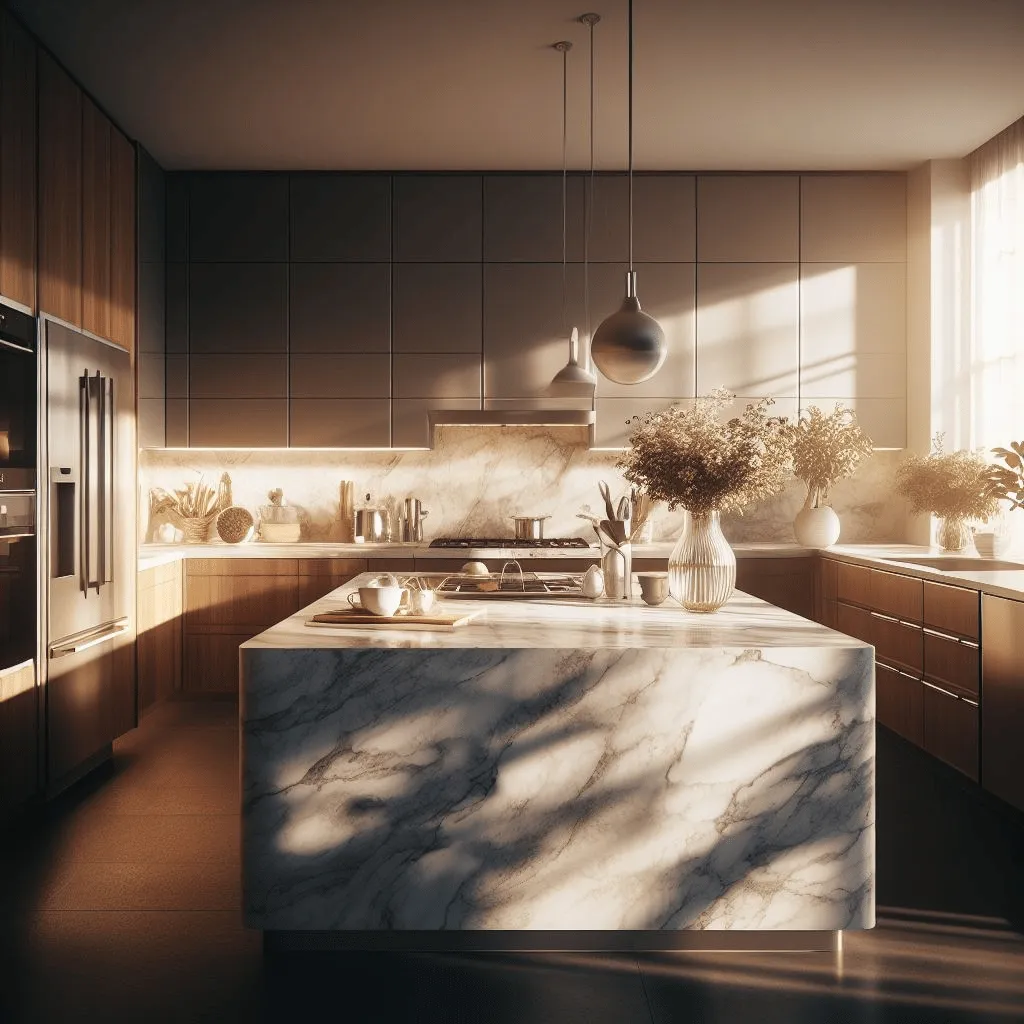
3. The bedroom: In a transitional bedroom, you’ll find a mix of traditional and contemporary furniture and accessories. For instance, a classic upholstered bed frame with modern nightstands or a vintage dresser paired with a minimalist, geometric rug.
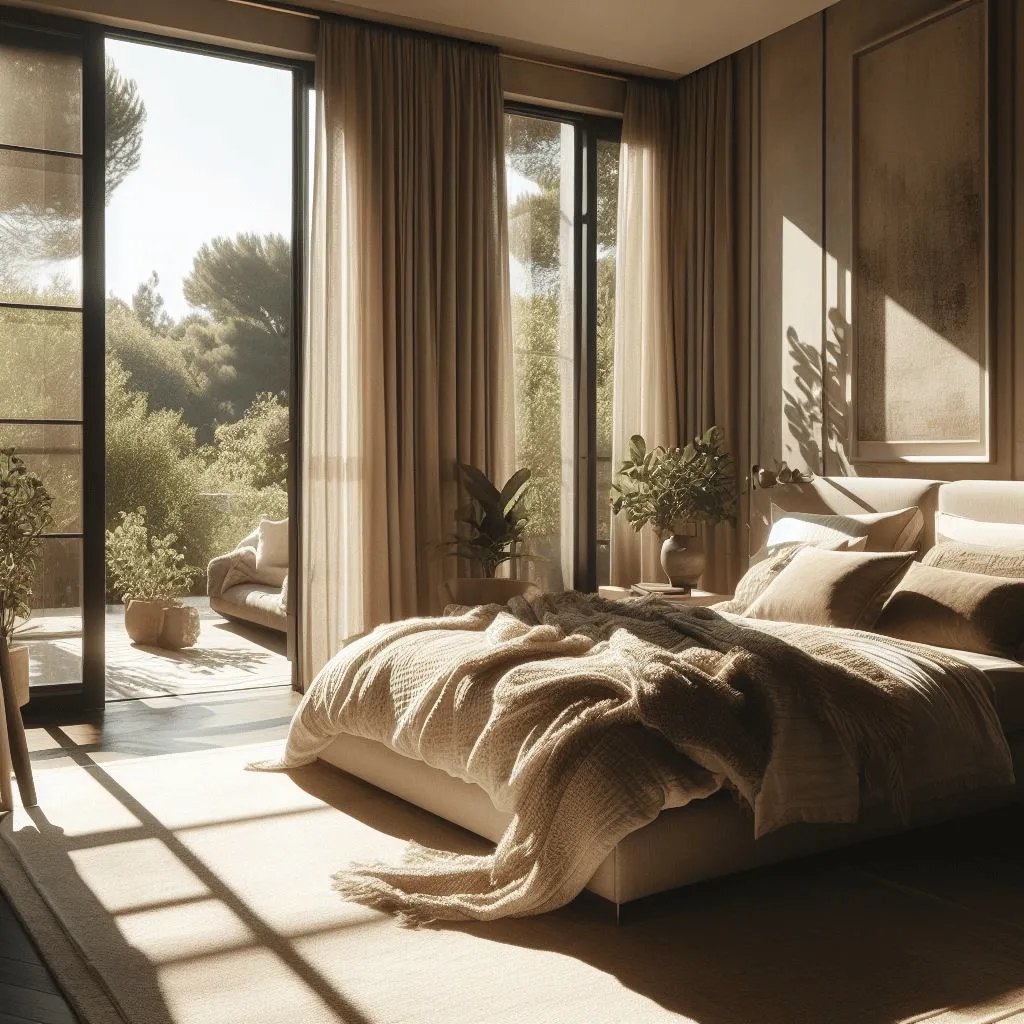
These are just a few examples of how transitional design can be implemented in real homes. The key is to find the perfect balance between classic and modern elements to create a space that feels both timeless and current.
FAQs
Transitional home decor is characterized by its blend of traditional and contemporary design elements. It often features neutral color palettes, clean lines, and a mix of textures and materials.
You can incorporate transitional home decor by combining traditional furniture pieces with modern accessories. Use neutral colors as a base and add pops of color through artwork or accent pieces.
Some key features of transitional home decor include a balance between old and new, a focus on comfort and functionality, and the use of natural materials such as wood and stone.
Yes, you can mix patterns in transitional home decor. However, it’s important to ensure that the patterns complement each other and don’t overwhelm the space.
Yes, transitional home decor is suitable for any home. Whether you have a traditional or contemporary space, you can incorporate transitional elements to create a cohesive and stylish look.
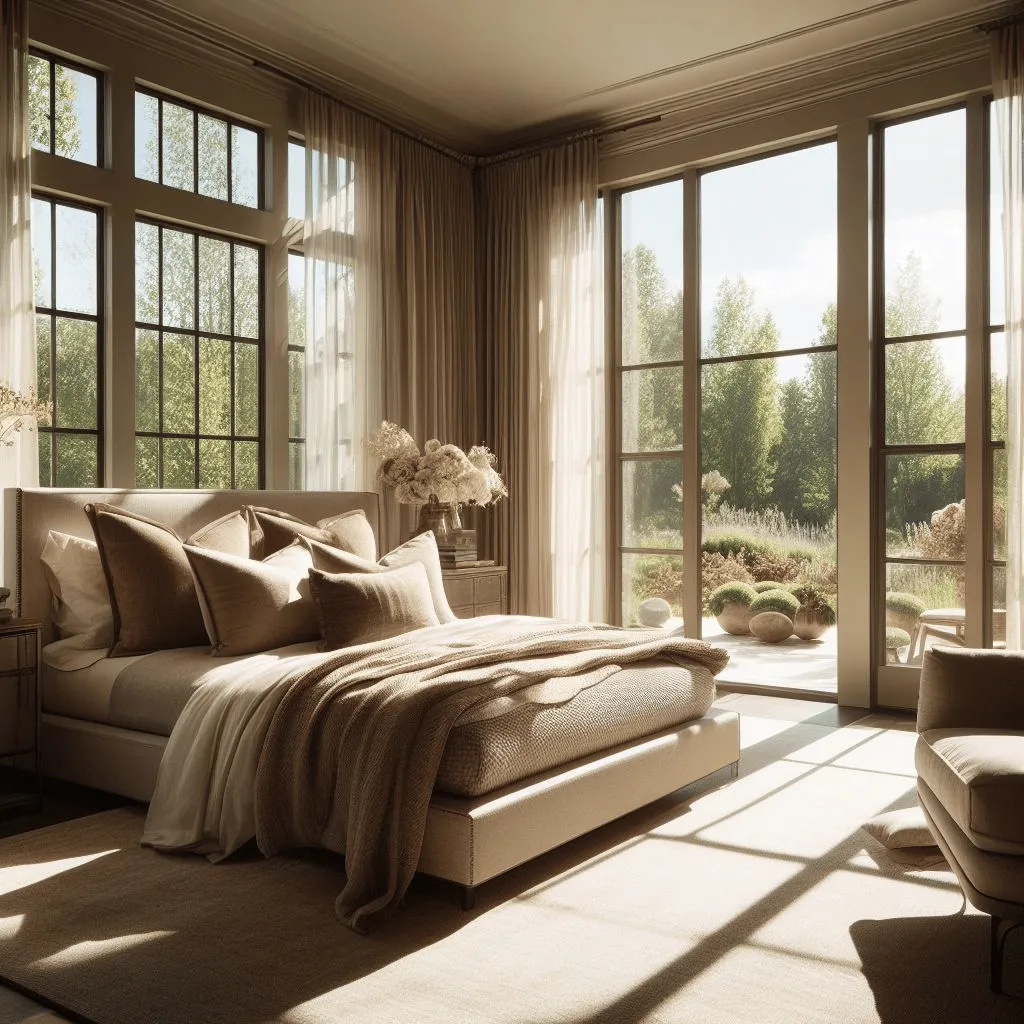
Final Thoughts
In conclusion, transitional home decor is a versatile and timeless style that combines the best of traditional and contemporary design.
By blending old and new, you can create a space that is both comfortable and visually appealing. So why not give transitional home decor a try and transform your space into a harmonious oasis?
Read More:
